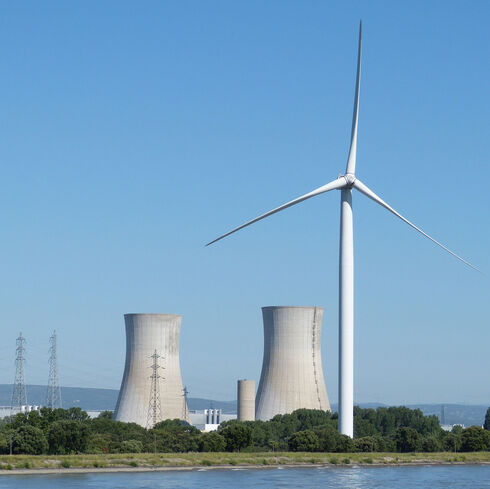
After COP26
15 November 2021

It is hardly surprising that the COP26 climate summit in Glasgow did not achieve a deal that satisfied all parties as a route to limiting global warming to 1.5C above pre-industrial levels.
After all, 197 countries had to agree the final pact statement.
It is obviously impossible to summarise concisely here a detailed agreement that involved so many nations and no fewer than 40,000 delegates during the fortnight long summit – which overran by a day and ended on Saturday evening.
However, the major sticking point concerned the plan to include a pledge to accelerate the “phase-out” of coal power. Following eleventh hour representations from several countries, notably India and China, the wording was changed to “phase-down”. Some developing nations believe it is impracticable to dispense with coal and fossil fuel subsidies quickly.
Critical voices have suggested that any delay means the 1.5C limit will be exceeded well before the end of the century. So did COP26 fail?
There are positives to take forward from the agreement, not least being the side deals agreed during the talks on deforestation, methane, electric vehicles and fossil-fuel finances. The implications will unfold in the coming years.
Speaking shortly after the agreement was passed, John Kerry, the US special climate envoy, said that the pact meant that the world is “closer than we have ever been before to avoiding climate change and securing cleaner air, safer water and a healthier planet.”
He said it was particularly significant that the very issue of coal was now, for the first time, written into the pact.
“We always knew that Glasgow was not the finish line,” he continued, adding: “We have about nine years within which to make those critical decisions that we were warned about in 2018 by the IPCC (Intergovernmental Panel on Climate Change) and we have the years in this decade to cut global emissions by 45% to hold on to the 1.5 [target].”
Ambitions had been raised, Kerry said, and different nations, governments, generations and private sector organisations had united in common purpose.
So, rather than focusing on the negatives we should emphasise the positives after COP26. Indeed, while the timetable may not be exact, the direction of travel is clear and fixed.
And I think there is something significant worth bearing in mind.
When the Covid-19 pandemic struck and the world went into lockdown, the belief was that developing a vaccine against the new virus would take years. As things turned out, it took just months – an astonishing achievement - as was highlighted on the blog almost exactly a year ago.
And the same is happening with developments that have relevance to the hire industry. The pace at which advances are being made in technologies like batteries, hydrogen, solar and wind power has been remarkable and the benefits they deliver are beyond what anyone could have reasonably expected just a few years ago.
So game-changing climate change solutions might appear sooner than expected, because one should never underestimate human beings' creativity and resourcefulness.
And what’s clear is that, in the same way that nations must agree on mutually acceptable solutions, all hire industry stakeholders have to work together and involve hirers, suppliers, users, governing bodies and law makers on the path towards net zero.
Ultimately, it is very exciting. But more importantly, it is utterly essential for the sake of future generations.
● For other Site-Eco stories click here.

